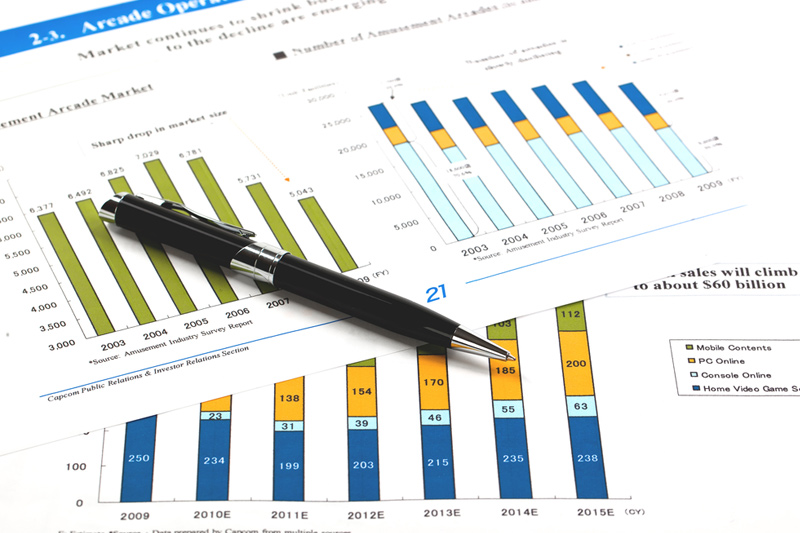SHANGHAI (Reuters) – China is widely expected to trim its main policy and benchmark lending rates on Friday, a Reuters poll showed, after the Federal Reserve’s outsized interest rate cut removed some of the risks around sharp yuan declines.
Monetary policy divergence and a weakening have been the key constraints limiting Beijing’s efforts to loosen policy over the past few years.
But with the U.S. central bank kicking off its monetary easing cycle with a larger-than-usual half-percentage-point reduction this week, analysts and traders believe Beijing has more room to manoeuvre on monetary policy.
The loan prime rate (LPR), normally charged to banks’ best clients, is calculated each month after 20 designated commercial banks submit proposed rates to the People’s Bank of China (PBOC).
In a Reuters survey of 39 market watchers conducted this week, 27, or 69%, of all respondents expected both the one-year and five-year LPRs to be trimmed.
Among the remaining 12 respondents, two forecast a reduction only to the five-year LPR, while the other 10 predicted no change to either rate.
And, as the seven-day reverse repo rate has become the central bank’s main policy rate, market participants expected the PBOC to lower the borrowing cost of the short-term liquidity tool before slashing LPRs.
China surprised markets by cutting major short and long-term interest rates in July, its first such broad move in almost a year, signalling policymakers’ intent to strengthen economic growth.
Economic data for August, including credit lending and activity indicators, surprised to the downside and raised the urgency to roll out more stimulus measures to prop up the economy, market watchers said.

Faltering Chinese economic activity has prompted global brokerages to scale back their 2024 China growth forecasts to below the government’s official target of about 5%.
President Xi Jinping last week urged authorities to strive to achieve the country’s annual economic and social development goals, state media reported, amid expectations that more steps are needed to bolster a flagging economic recovery.


